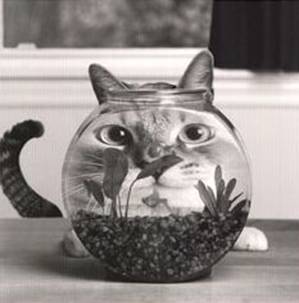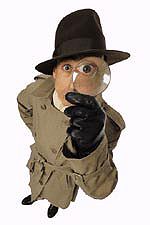
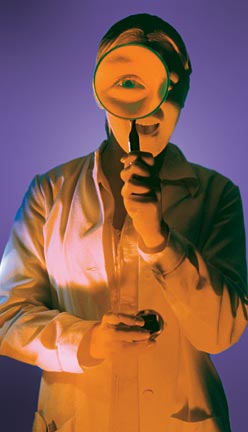

 |
 |
 |
Fun with magnifying glasses? How do
they work? If you think
you know, consider the following— the same effect can be obtained with
what appears to be
a thin, flat, transparent piece of plastic. How is that possible?!?
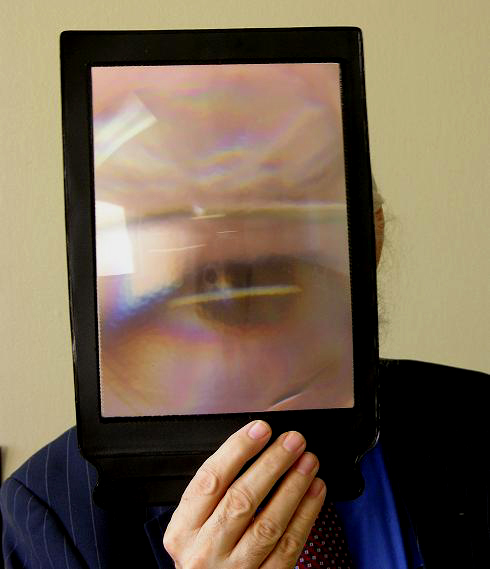
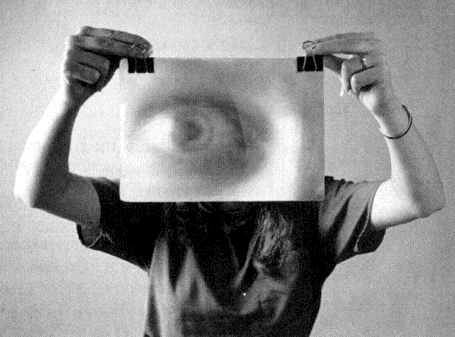
Let's first figure out the magnifying glass. This is what physicists call a convex lens, usually double-convex, the same shape on both sides. Such a lens, due to the refraction of the light entering it from air, and leaving it back into air, can bring parallel rays of light to a sharp focus.
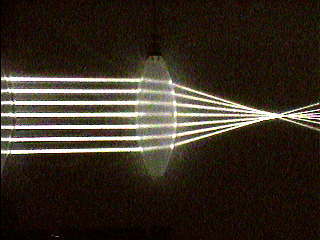 Actual photo! |
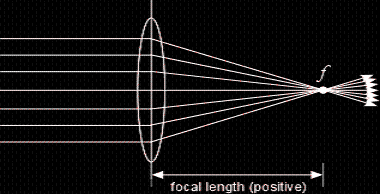 |
It is easy to form a so-called real image with a converging lens... as video projectors, slide projectors, overhead projectors and movie projectors do every day. But you can also get a virtual image, which is larger than life. This is the way magnifying glasses are used. Here's a good converging lens applet for you to play with. Playing with a real lens is even better! To get an enlarged, virtual image, you place the object closer to the lens than the focal distance. Then, looking through the lens at the object, you see the light rays refract as if they come from a thing larger than but otherwise identical to the object you are viewing.
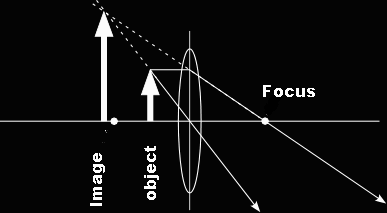
Now, what about those apparently flat pieces of plastic? They are actually lenses, called Fresnel lenses. They were originally developed for lighthouses. The idea of a Fresnel lens is to retain the required convex curvature, but remove the thickness of material between the curved surfaces. This can be done by creating a lens that has a stair-step arrangement instead of a continuous curvature, as the sketch indicates in reverse.
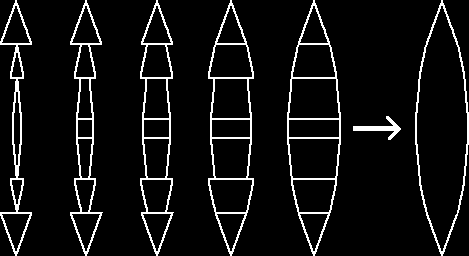
To save even more weight, up to half, it is not necessary that the lens be double-convex. A single convex side and a flat side work well. So almost all Fresnel lenses have one stairstep side and one flat side. Fresnel lenses can be produced very cheaply by making pressed copies in plastic of a glass “master”, somewhat the way vinyl phonograph records used to be pressed from a metal master. At your nearest drug store you can probably find a big assortment of normal convex-lens magnifiers in various sizes, and also an assortment of Fresnel magnifiers of various sizes. The Fresnel magnifiers, if not too large, are often a lot easier to carry around than normal lenses, but optically they are sometimes much inferior to traditional magnifying glasses.
